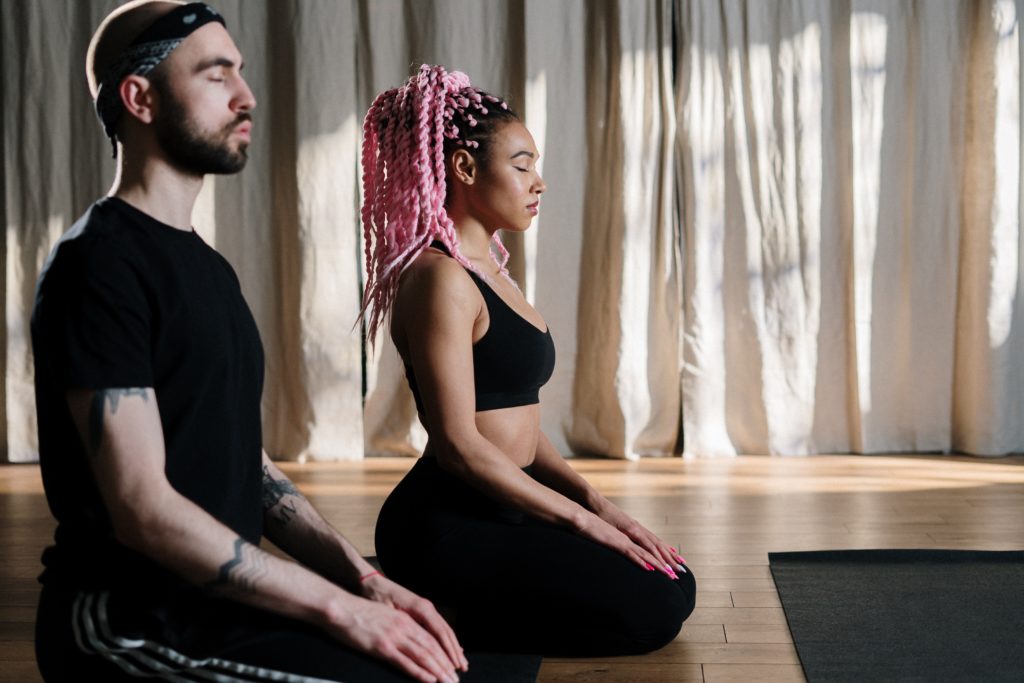Did you know your mind can become the most important tool in reducing arthritis pain? Have you considered using meditation for arthritis pain?
Meditation has proven itself to become the most popular holistic and medication-free approach to pain treatment.
The act of meditation focuses on using the mind to master and achieve a mentally calm and stable state. According to the Arthritis Foundation, there are five different methods of meditation to use in order to reduce arthritis inflammation and flare-ups.
Types of Meditation
Mindful Based Stress Reduction
Mindful-Based Stress Reduction focuses on changing the negative narrative in the mind about arthritis pain. This treatment is designed to focus on the body as a whole by being present in the pain, allowing yourself to acknowledge and accept the pain and later release it. This helps reduce the chain of negative thoughts surrounding the arthritis which reduces the frequency of future inflammation.
In a study published in the National Library of Medicine regarding MSBR, significant improvements in psychological distress and well-being were recorded in participants who practiced MSBR on a four month trial.
Active Meditation
Active Meditation aligns with MSBR as it coincides with the practice of acknowledging arthritis pain and releasing the negative chain of thoughts surrounding it. What makes active meditation different is that we can practice any time of day. It is a daily act of training which prepares the mind to reframe negative thoughts surrounding the diagnosis.
Yoga Breathing
The Yoga Breathing technique is the simplest practice of all five acts of meditation. It is traditional to practice in the morning and at night. It focuses on inhaling and exhaling for a set amount of time.
Guided Imagery
In case you didn’t know, most consider guided imagery a mind-body intervention, also known as a visualization. This type of meditation is with a trained practitioner or teacher that helps pull the thought of pain by immersing the student in thought of peaceful surroundings that includes the visualization of all five senses.
Transcendental Meditation
Transcendental Meditation involves the use of a mantra or phrase which is repeated day and night for 15 to 20 minutes. This practice promotes quieting the mind and peaceful awareness.
How to Practice Meditation for Joint Pain

One of the most fundamental practices in meditation for pain is being able to reframe your thoughts. By taking control of your mind and reframing your thoughts surrounding your pain, you can help reduce the frequency and length of arthritis flares.
It is important to remember to acknowledge the pain, accept the pain and release the pain.
Breathing is a fundamental part of the meditation process. In fact, you can begin using techniques to improve your breathing such as taking time in the morning to practice deep breathing and also at night before bed as explained in Yoga Breathing. Practice deep breathing as you are experiencing joint pain.
Remember, when practicing mediation the goal should be to quiet your mind. Plus, you should be able to take back control of your thoughts which will help control your pain.






